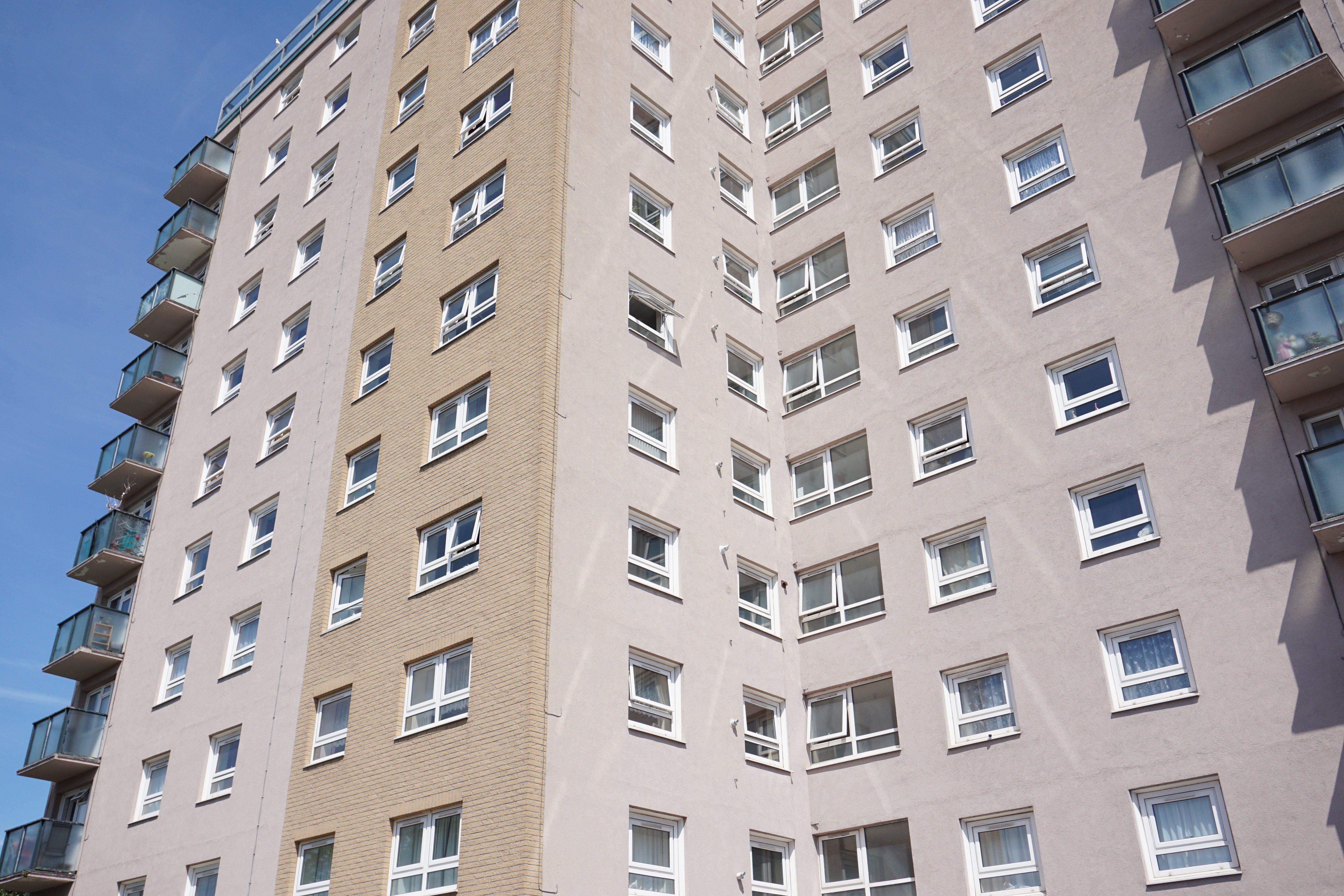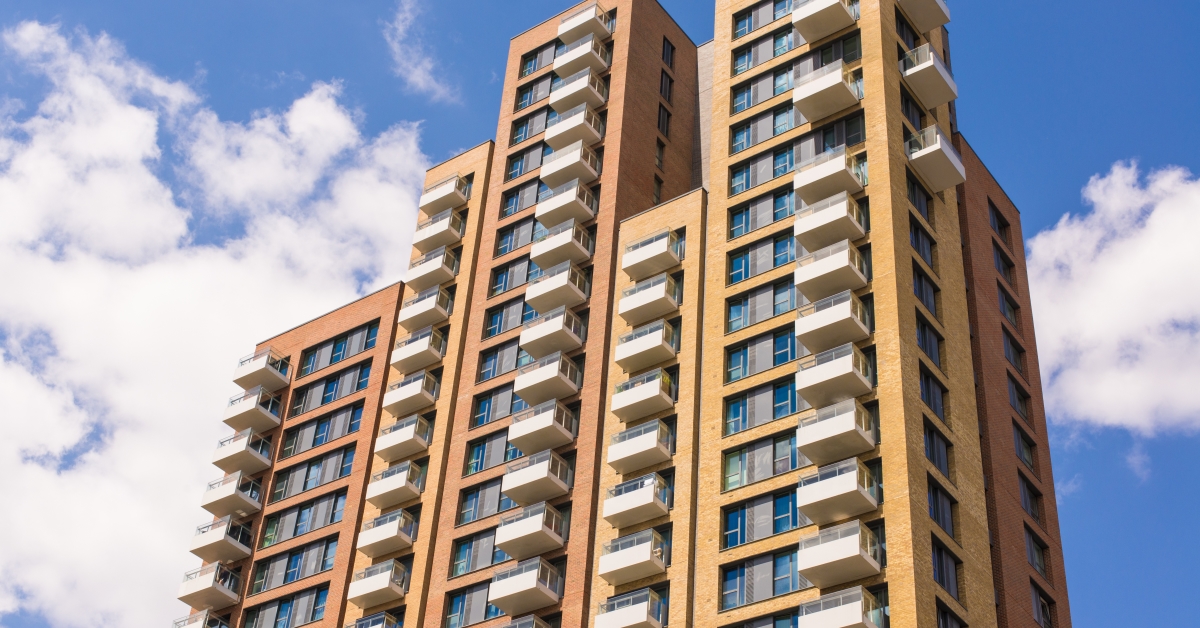Building Safety Act: How Does It Affect You?

After almost a year of being in session in parliament, the Building Safety Act has now received the Royal Assent. As champions of building safety and compliance, this is a milestone that Ventro is pleased to welcome. There is no longer any excuse to delay implementing updated fire safety measures into buildings.
This victory means that residents can feel safer in their homes, they are protected from having to fork out for building safety reparation costs that are of no fault of their own and they can feel confident that building safety standards will have to improve by law. Dame Judith Hackitt herself says "now we have crossed the threshold. The much-needed changes are going to happen because they are enshrined in law. The clock is now ticking and the pace is accelerating. Change is going to happen this time – there’s no denying it anymore!"

Dame Judith Hackitt - Author of Independent Review of Building Regulations and Fire Safety
What next?
Housing Associations and Local Councils now have to get ready to implement the new law into their business practices to ensure that their buildings are compliant according to the law. According to Peter Baker, Chief Inspector of Buildings, there will be a new independent regulator established in HSE to monitor the implementation of measures by organisations.
The 'golden thread' of information outlined in the Act will enable building safety precautions to be monitored, created, stored and updated throughout the building's lifecycle, this will make the obligations of the owner clear so that the regulator can take action if it is required.
When does this come into play?
According to the government, the process will take place over the next 18 months, with the registration of high-rise buildings beginning in April 2023 and the new safety management requirements applying from October 2023. Preparations must be organised immediately to ensure that significant changes are made to building safety.
What can I do to implement the Act?
First, your organisation will need to evaluate the provisions already in place in your buildings, you could potentially need surveys or revised safety cases. To prove a building's compliance to the independent regulator, you will need to monitor all aspects of your data collection process in line with the 'golden thread' of information. Paul Mooney, director of building safety at Salix Home's advice is to think about the proportionality of risk, he says "You don't want to spend a disproportionate amount of money on something which has a very little amount of risk. So the guidelines won't be able to be prescriptive because every building is different in every situation."
According to Anthony Collins Solicitor, Lorna Keynon-Pain, organisations must "ensure they are in a position to comply with those duties once they come into force. This is likely to require significant action in advance from duty holders, including planning, recruitment, the appointment of sub-contractors, administration, the dedication of resources and communication with tenants." The best possible thing that landlords can do is to start today so that when the regulations officially come into force, their high-risk buildings are already compliant.


.jpeg)
.jpeg)

%20(1).jpeg)

